High-visibility reflective clothing can be noticeable to human drivers at night, but a recent study shows that this clothing can be invisible to a vehicle’s automated crash prevention technology.
The study, conducted by the Insurance Institute for Highway Safety (IIHS) in the US, aimed to determine the effectiveness of autonomous emergency braking (AEB) systems that detect pedestrians wearing reflective clothing at night.
While past IIHS research has shown that AEB systems reduce the number of pedestrian-related incidents of all severities by 27 percent, nighttime limitations of the safety system have been described as “a serious problem” as most fatal pedestrian crashes occur at night. .
According to the IIHS, automakers are working to address such issues, though the nonprofit’s latest study aimed to further explore “the effects of conspicuous clothing and increased roadway lighting” on the performance of pedestrian AEB systems.
There are hundreds of new car deals available through AutoExpert now. Get the experts on your side and score a good deal. Browse now.
As part of the study, the IIHS collected three 2023 cars – a Honda CR-V, Mazda CX-5 and Subaru Forester – all of which are equipped with pedestrian AEB systems.
Several trials were then conducted with an adult manikin dressed entirely in black; all white; black pants with a fully reflective jacket; and all black with reflective strips – the latter of which was intended to mimic the outfits worn by road construction workers, but without the typical bright yellow or orange.
The dummy would then cross a crosswalk in three different roadway lighting scenarios. One had no roadway lights at all, another had 10 lux (twilight) and the last had 20 lux (the legal requirement for crosswalks in the US).
All three vehicles approached the intersection at a speed of 40.2 km/h.
When the dummy was dressed in black, both the CR-V and CX-5 slowed down significantly when using their high beams without road lights. Under the same lighting conditions, but with low beam, the CR-V was unable to slow down at all and the CX-5 reduced its speed by less than a third. Both vehicles performed better with 20 lux of extra light.
The Honda failed to detect the dummy when it was dressed in white and had no road lights, but improved in the 10 and 20 lux scenarios. Both cars began to struggle significantly when reflective clothing was introduced.
“When the dummy wore the reflective jacket, the CR-V did not slow down in any test, regardless of the additional lighting on the roadway,” the IIHS wrote in its press release.
“Without roadway lighting and with 10 lux of extra light, the CX-5, on the other hand, slowed down much more than when the doll was dressed in black. But with 20 lux of extra light, he performed worse with the doll in the reflective jacket than when he wore the black outfit.”
When the dummy was decorated with reflective strips, both the Honda and Mazda failed to slow down in all lighting scenarios.
“The placement and movement of reflective strips on the joints and limbs of pants and jackets allows drivers to quickly recognize the movement pattern as a person,” said IIHS senior research scientist and study author David Kidd.
“Unfortunately, the moving strips did not have the same effect on the pedestrian AEB systems we tested and likely confused their sensors.”
The IIHS says “it is not clear” why the CR-V and CX-5 struggled with the dummy’s reflective strips or how many other manufacturers’ systems also face the same limitations.
Equipped with Subaru’s proven EyeSight safety technology, the Forester came to a complete stop on every test except one, where the dummy wore reflective strips and the roadway was illuminated to 10 lux.
Even on that test, the IIHS reports that speed was reduced by “more than 80 percent.”
The IIHS suggests further research is needed to fully understand how accident avoidance systems respond to the clothing worn by road construction crews and emergency responders, while organization president David Harkey described the shortcomings as a “worrying blind spot” .
“These results suggest that some automakers may need to adapt their automatic emergency braking systems for pedestrians,” Harkey said.
“It is untenable that the clothing that pedestrians, cyclists and road workers wear to be safe is made more difficult to recognize by accident avoidance technology.”
It is not the first time that problems with AEB technology for pedestrians have been reported.
General Motors (GM) was in hot water over an incident in which one of its Cruiser autonomous robot taxis struck a pedestrian, prompting the company to admit many critical shortcomings.
MORE: GM’s self-driving car division admits shortcomings after collision with pedestrians


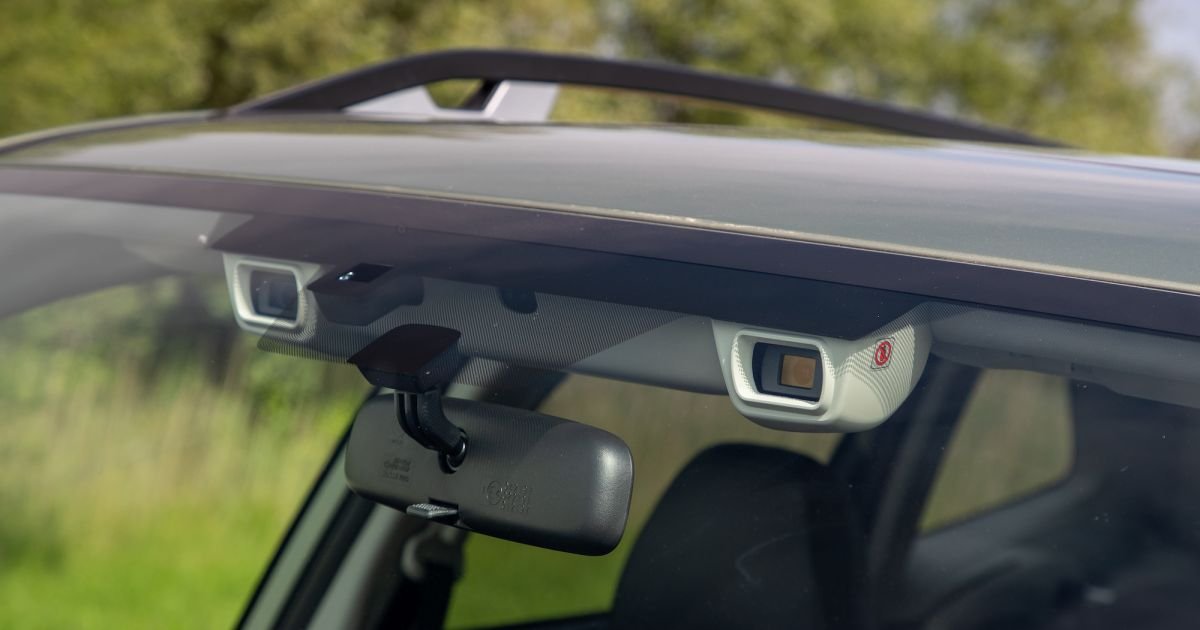

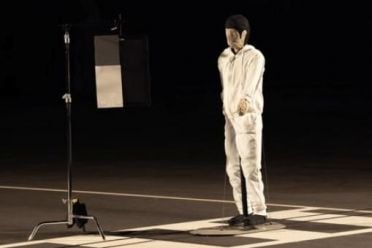
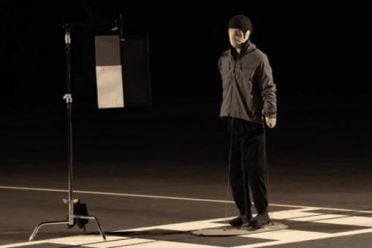
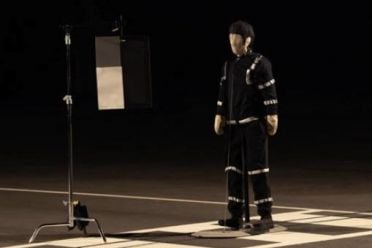
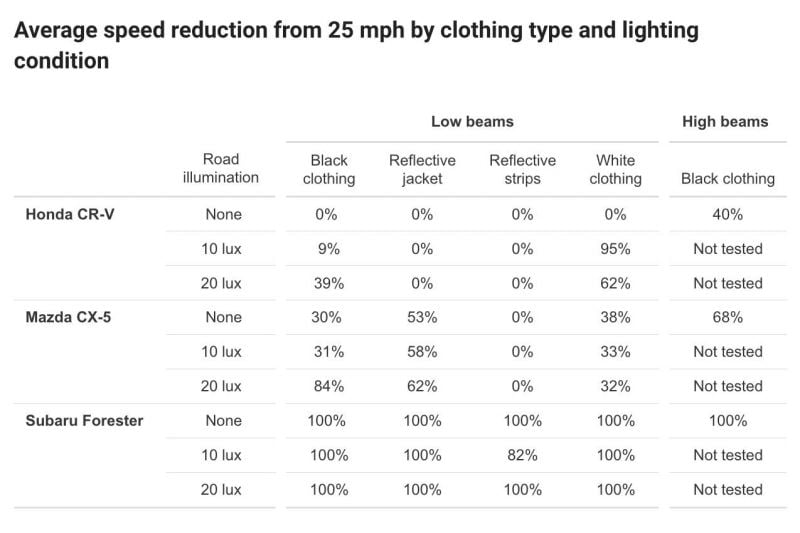
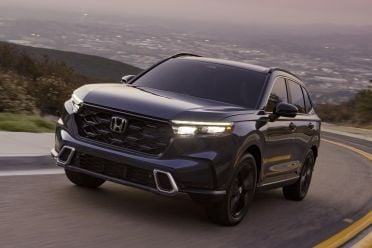
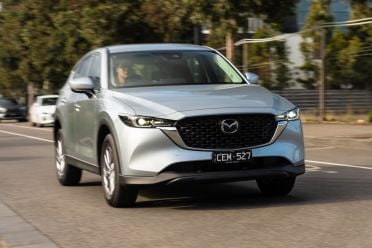
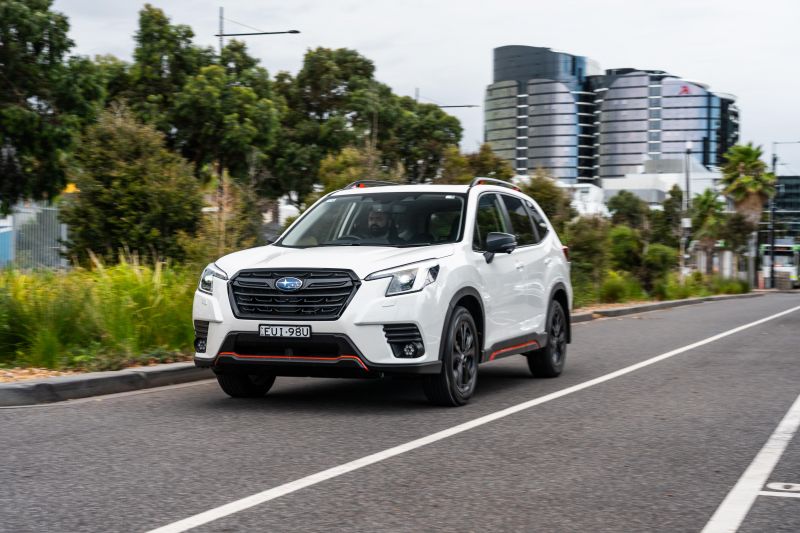






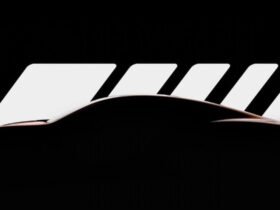
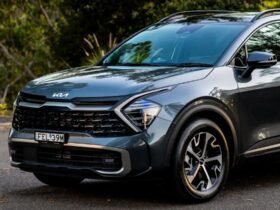

Leave a Reply